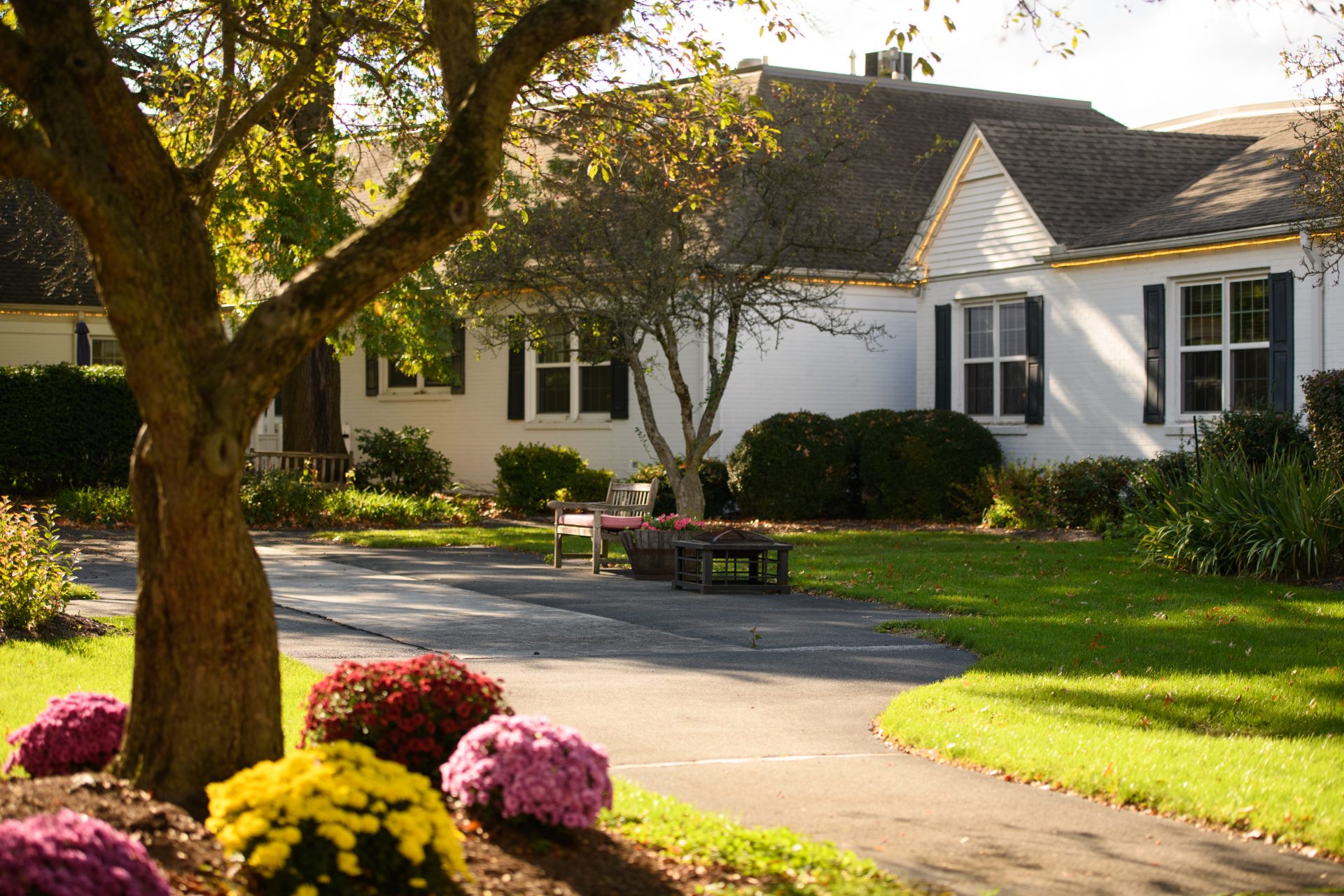
Yes, original Medicare will pay for short-term rehabilitation up to 100 days after meeting the deductible.
Short-term rehab is a step often taken after hospitalization. It speeds recovery through frequent nursing care and therapy.
Short-term rehabilitation spans from 21 to 30 days.
Health insurance cards, pertinent records (Guardianship papers, Durable Power of Attorney, etc.), emergency contact information, three to five sets of loose and comfortable clothing, one pair of comfortable walking shoes, undergarments, pajamas, a coat or jacket, any medical equipment that was used at home (wheelchair, splints, braces, etc.), personal items (glasses, hearing aids, dentures, etc.), address and/or personal phone book, recreational activities (books, cards, puzzles, etc.), cell phone and charger, and personal hygiene products if desired (toothbrush, toothpaste, hairbrush, etc.).
If you have recently been hospitalized due to an illness, injury, or surgery, short-term rehabilitation is a great option to help you transition from the hospital to home in a short period of time.
Short-term rehabilitation is tailored to patients who wish to transition from the hospital to their homes, and the care provided lasts anywhere from several days or weeks. Long-term rehabilitation is tailored to patients who need services that assist with everyday living and reduce chronic pain. These services do not typically have an end date like short-term rehabilitation does.
Short-term rehabilitation is a slower process, often needing more than three hours a day to treat high-level rehabilitation needs. Acute rehabilitation involves more intense therapy and treatment sessions, where patients go through long training sessions and specific instructions regarding their medical condition.